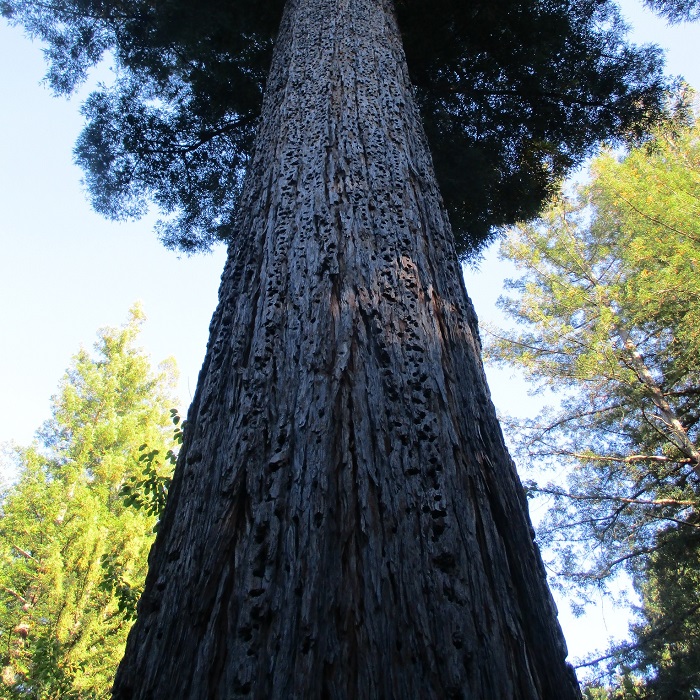UNITED STATES—The trees know what time of year it is. Even evergreen trees have shed some of their older foliage through late summer. Deciduous trees generally start later, but will be more blatant about their process as they defoliate completely through autumn to winter. Some get strikingly colorful first, as if to brag about it. Foliage is not so important during shorter days and dimmed sunlight anyway.
By the time storms start to arrive later in autumn, trees intend to be ready. There will be less foliage to be blown by wind, or to absorb the weight of the rain. Remaining deciduous foliage is likely to be dislodged by wind and rain before supporting limbs succumb. Trees will be mostly dormant, some will not mind so much if a few minor limbs do happen to get broken. They know their routine.
For many types of trees, this is a the best season for major pruning. While dormant, they are much less likely to be offended by it. In fact, they sort of expect to wake up in spring with a few limbs missing. They do not distinguish what was pruned away from what might have been broken by the weather. Besides, it is better to prune questionable limbs civilly, before they get broken brutally.
Trees that are beyond reach will need the attention of professional arborists.
Arboriculture is merely the horticulture of trees. An arborist is therefore a horticulturist who specializes in trees. They assess the health, stability and structural integrity of trees, and prescribe any necessary arboricultural procedures. They or their associated crews are qualified to perform the work that the trees need. The most proficient of arborists are those who are certified with the ISA.
The ISA is the International Society of Arboriculture. ISA Certified Arborists have passed an examination of their arboricultural expertise, and maintain their credentials by continued involvement with ISA educational seminars, classes and workshops. Information about the International Society of Arboriculture and local certified arborists can be found at their website, www.isa-arbor.com.
Highlight: coastal redwood
Of all the Official State Trees, the coastal redwood, Sequoia sempervirens, of California is the grandest. Seriously, it is the tallest tree in the world, so it really ‘is’ the grandest! The tallest is 380 feet tall! Although the related giant redwood of the Sierra Nevada develops bigger trunks, the bulkiest coastal redwoods are 30 feet wide at the base! The oldest are more than 2,000 years old!
All that sensationalism is not so practical for home gardens though. A 30 foot wide trunk on a 60 foot wide city lot would likely be a serious obstacle to gardening for whoever lives there 2,000 years from now. Although, those below the thirty-fifth floors of adjacent buildings might appreciate the foliage. Redwoods are exquisite evergreens in the right situations, but need plenty of space.
Cultivars are more compact than wild trees are, with more strictly conical form. ‘Soquel’ is the most popular. Redwoods are incredibly stable, but as they age, they can eventually drop limbs from great height. Trunks are nearly vertical. Limbs are nearly horizontal, and sag with age. Leaves are less than an inch long, but messy as their flat browned tufts shed in abundance through late summer.
Horticulturist Tony Tomeo can be contacted at tonytomeo.com.






